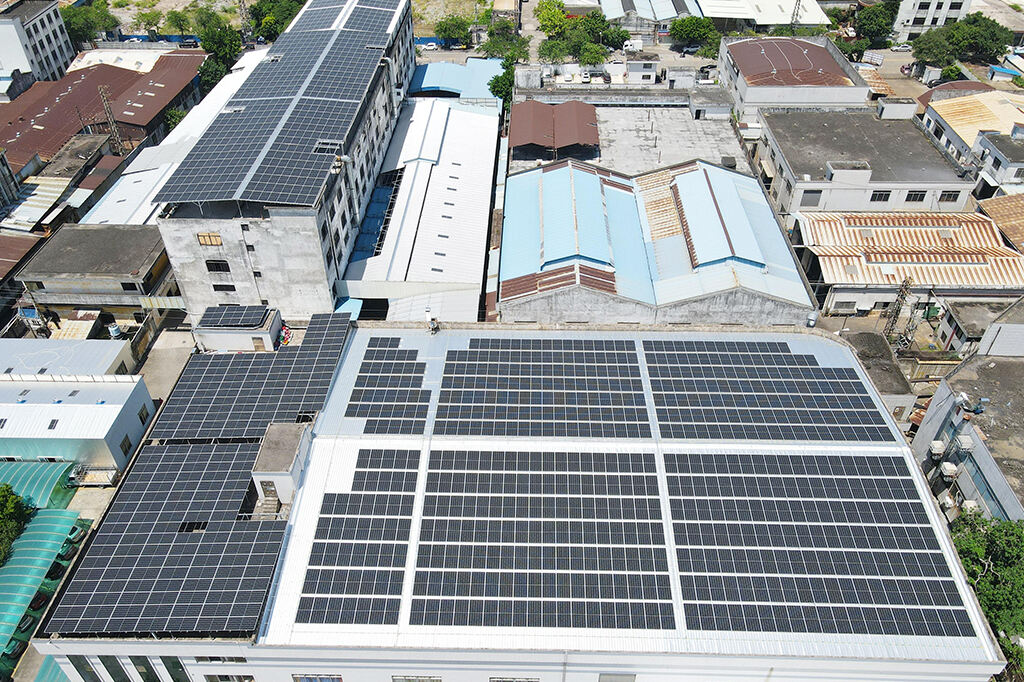Versatile Applications of Solar System Solutions
Solar-Powered Security Systems for Enhanced Safety
Solar-powered security systems harness renewable energy to power surveillance cameras and alarms, effectively reducing reliance on traditional electricity sources. This shift not only supports sustainability goals by utilizing a clean energy source but also offers significant cost savings, notably in remote or rural areas where grid electricity is unreliable. A study published in the Journal of Security and Sustainability indicates that implementing such systems can notably lower crime rates due to their ability to provide continuous real-time monitoring and surveillance. Explore more about the benefits of solar-powered security systems.

Agrivoltaics: Merging Agriculture and Solar Energy
Agrivoltaics represents an innovative approach to optimize land use by installing solar panels in agricultural fields, thus allowing dual land utilization. This integration not only addresses the land competition between agriculture and energy production but also holds potential benefits for crop yield. Research from Cornell University's Agrivoltaics Program demonstrates how this method can provide shade to certain crops, reducing heat stress while simultaneously generating solar electricity, effectively supporting sustainability goals. This unique approach enhances land productivity without compromising agricultural activities and aligns perfectly with sustainable agriculture objectives. Discover more about the Agrivoltaics method.

Off-Grid Solutions for Remote Communities
Off-grid solar systems offer vital solutions to remote communities that lack access to traditional electricity grids. These systems are composed of solar panels, storage batteries, and inverters specifically designed to meet community needs, providing reliable electricity even in isolated areas. Evidence from numerous projects worldwide suggests that these installations significantly enhance the quality of life by ensuring power supply for critical services, such as healthcare and education, thereby enabling sustainable development in these areas. This approach not only empowers communities with independence in energy production but also supports environmental goals. See how off-grid solar systems are transforming communities.

Advanced Technologies in Solar Energy Systems
3V Lithium Battery Innovations for Compact Storage
3V lithium batteries are transforming solar energy storage by providing a higher energy density in a compact design. These batteries ensure longer lifecycles and improved performance, which makes them particularly suitable for solar applications. By enhancing their technology, industry experts predict reductions in costs and improvements in the efficiency of solar systems. The compact nature and high-density properties of 3V lithium batteries are increasingly favored as they support the widespread adoption of solar systems in both residential and commercial installations.
Efficient Solar Electricity Battery Storage
Efficient solar electricity battery storage systems are crucial for optimizing the use of solar energy by retaining excess energy generated during peak sunlight hours. Recent advancements have enhanced efficiency ratings, ensuring that a larger portion of captured solar energy is usable. Such improvements are pivotal, as statistics indicate that enhanced storage solutions can lead to a 30% increase in energy utilization within residential and commercial setups. With efficient storage, solar electricity becomes more reliable, allowing for better energy management and reduced dependence on grid power.
Hybrid Systems for Uninterrupted Power Supply
Hybrid systems seamlessly blend solar energy with other renewable sources, like wind or diesel generators, to offer a consistent power supply. These systems are of particular value in regions where solar energy alone may be inadequate due to climatic variations. Market research projects a notable increase in the adoption of hybrid solutions over the next five years, indicating a growing preference for integrated energy approaches. By harnessing multiple renewable sources, hybrid systems ensure uninterrupted power supply, enhancing resilience and energy reliability in diverse settings.
Overcoming Challenges in Solar Implementation
Weather Resilience and Panel Durability
Weather resilience is a critical factor in the design of solar panels as they must endure various extreme weather conditions such as hail, strong winds, and heavy snowfall. Innovations in material technology have allowed manufacturers to create solar panels with increased robustness, helping to lengthen their lifespan. For example, advancements in materials have led to more durable panel designs, which enhance their overall longevity and performance. Data from the International Renewable Energy Agency supports the notion that improved durability increases the return on investment for solar installations by prolonging their operational life, making them more attractive to investors.
Cost-Effective Strategies for Widespread Adoption
To make solar energy more accessible, cost-effective strategies such as bulk purchasing and leveraging government incentives play a vital role in reducing the initial financial barrier. Public-private partnerships are emerging as promising models for financing solar projects, especially in underserved areas, by pooling resources and expertise. A report from the Solar Energy Industries Association suggests that reducing soft costs associated with solar installations can significantly boost adoption rates. These cost reductions can facilitate easier access to solar technology and promote wider usage across both residential and commercial sectors.
Bridging the Gap with Smart Grid Integration
Smart grid technologies are essential for efficiently managing energy resources and integrating solar power into national energy grids. These technologies enable better supply-demand balancing, reducing the risk of power outages and ensuring efficient distribution of energy. According to the U.S. Department of Energy, enhancements in smart grid systems can improve the reliability of solar energy integration by up to 40%. This improvement plays a crucial role in stabilizing the grid, accommodating more renewable energy sources, and optimizing energy flows for maximum efficiency. As a result, smart grid integration stands as a pivotal component for future-proofing solar energy systems.
Future Trends in Solar Energy Solutions
Floating Solar Farms for Land Optimization
Floating solar farms are emerging as an innovative solution to optimize land use by utilizing bodies of water for solar panel installation. This approach not only minimizes land conflicts but also increases energy production efficiency. Positioned on water surfaces, floating solar panels effectively reduce evaporation rates and help maintain lower temperatures, which can elevate energy output. According to various studies, this sustainable methodology could lead to a potential 50% increase in installed capacity by 2030. The growing popularity of floating solar farms is paving the way for land-constrained countries like Japan and Singapore to harness solar energy more effectively (Future Market Insights, 2024).
Workforce Diversification in the Solar Industry
The solar industry is increasingly focusing on diversifying its workforce to drive innovation and address labor shortages. By opening training programs to underrepresented groups, the industry aims to bolster inclusivity and engage broader community sectors. Reports indicate that such diversity fosters enhanced problem-solving skills and boosts overall performance in solar companies. This strategic emphasis not only enriches the talent pool but also ensures that the industry can adapt to evolving technological and operational demands. As inclusivity initiatives gain traction, they are expected to significantly contribute to the industry's sustainable growth and success.
Global Market Projections and Sustainability Goals
The global solar market is set for historic growth propelled by the mounting demand for renewable energy and stringent sustainability initiatives. Sustainability goals established by various countries are acting as catalysts for increased investment in solar infrastructure, further augmenting the market's growth potential. Expert forecasts suggest that by 2030, solar energy could contribute to more than 30% of global electricity generation. This substantial growth is fueled by ongoing advancements in technology and reductions in the cost of solar systems, driving widespread adoption and integration into national energy plans (Future Market Insights, 2024). The solar sector's capacity to align with sustainability goals is vital to achieving these projections.


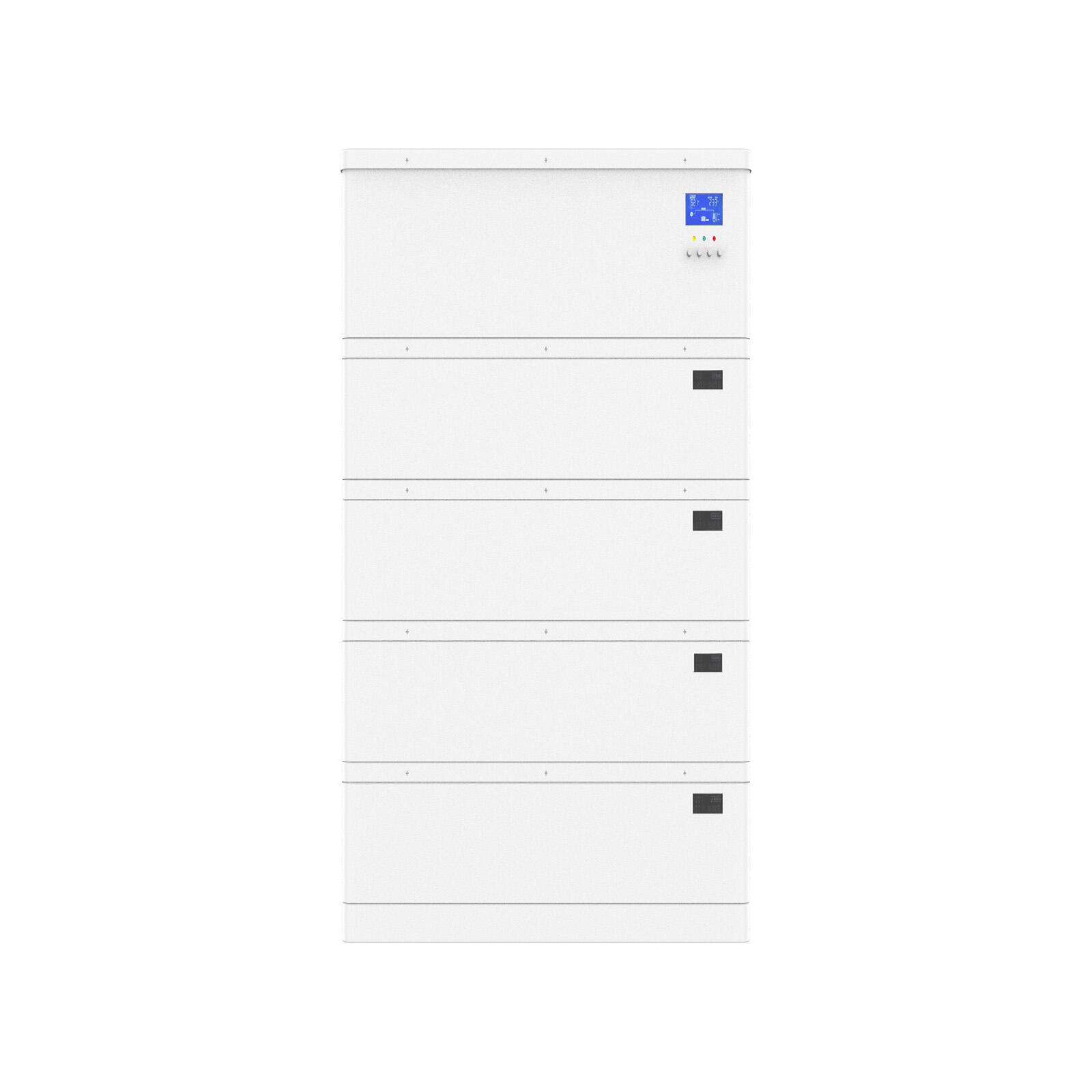
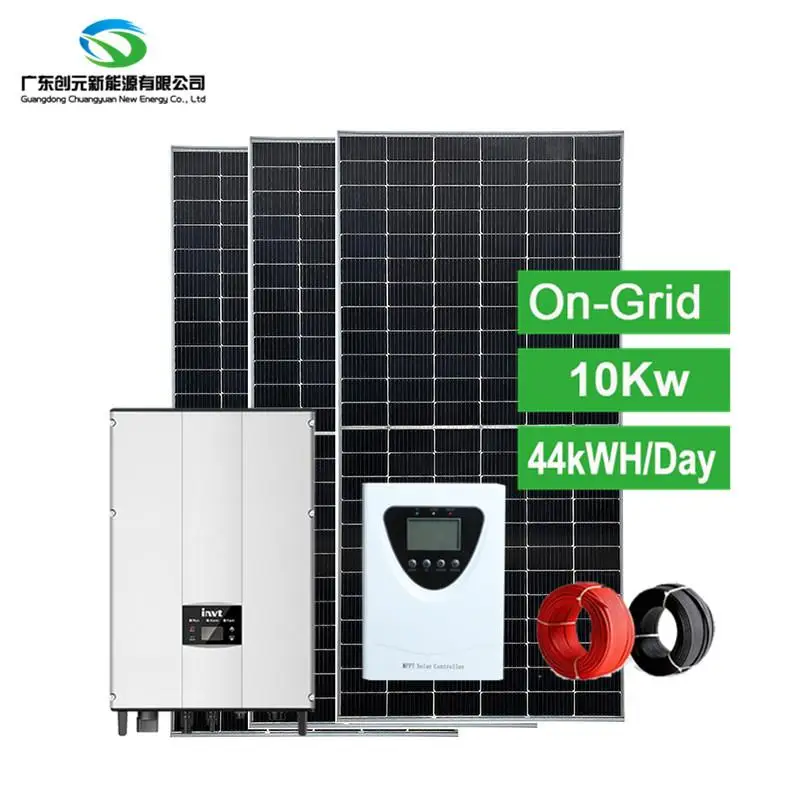
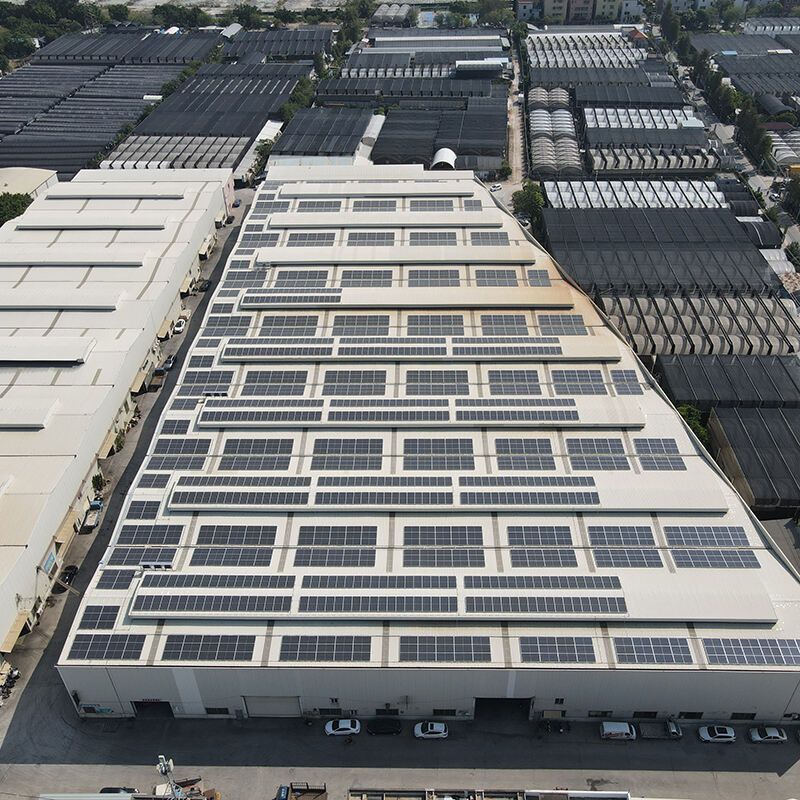
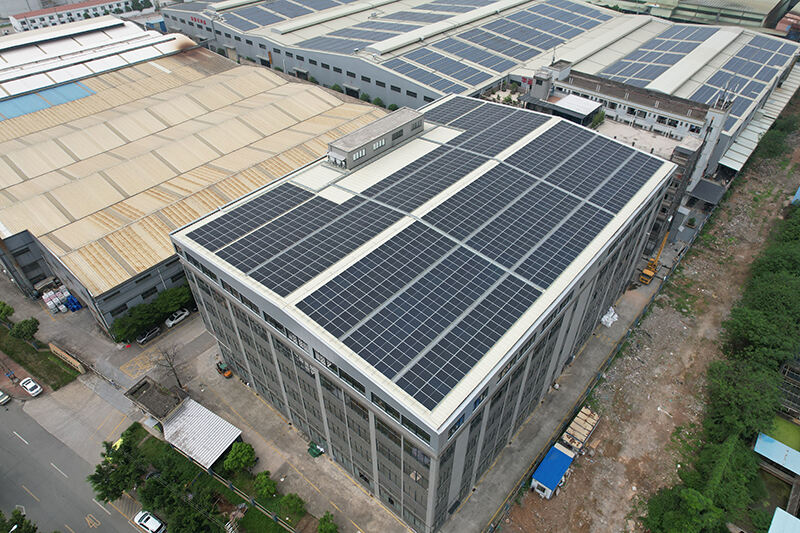
 Hot News
Hot News